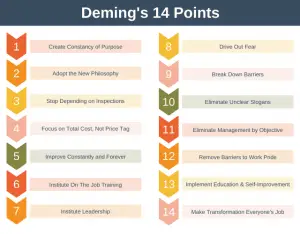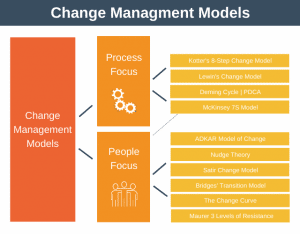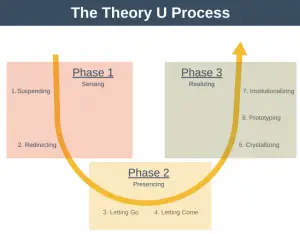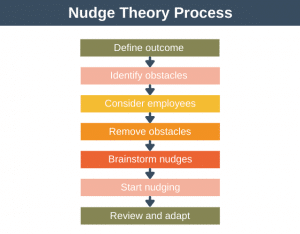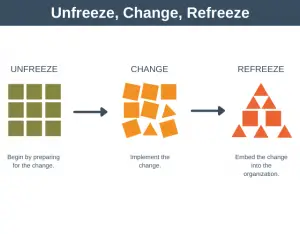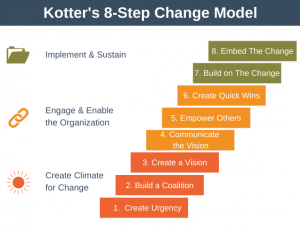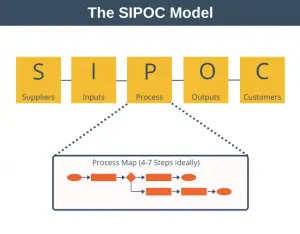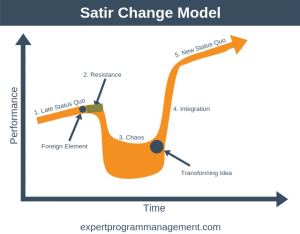The PDCA Cycle is a tool that can help you continuously improve your products, services, and organizational processes. It is a four-stage cycle for continuous improvement.
Imagine that customer reviews for your small digital watch-making business have fallen over recent months. When reading your reviews, you discover that most people complain that the watch crashes every few days.
You decide to improve your reviews by having your IT team focus solely on improving software quality for a few weeks. After four weeks, you’re pleased to see that your reviews have started to improve, so decide to keep 20% of your IT team focused solely on improving software quality from now on.
You may not know it, but you’ve just completed a loop of the PDCA Cycle.
Background
The PDCA Cycle was created by Dr. William Edwards Deming, a pioneer of the quality management movement, in the 1950s.
The PDCA Cycle has many other names, including:
- Deming Circle.
- Deming Wheel.
- Shewhart Cycle.
- Control Cycle.
- PDSA: plan-do-study-act.
The PDCA (Plan-Do-Check-Act) Cycle
The PDCA Cycle is based on the idea that companies can simultaneously improve quality and reduce costs.
Reducing costs may seem counterintuitive because you have to invest in the PDCA Cycle, but it achieves this by reducing waste, rework, litigation, all while increasing customer loyalty.
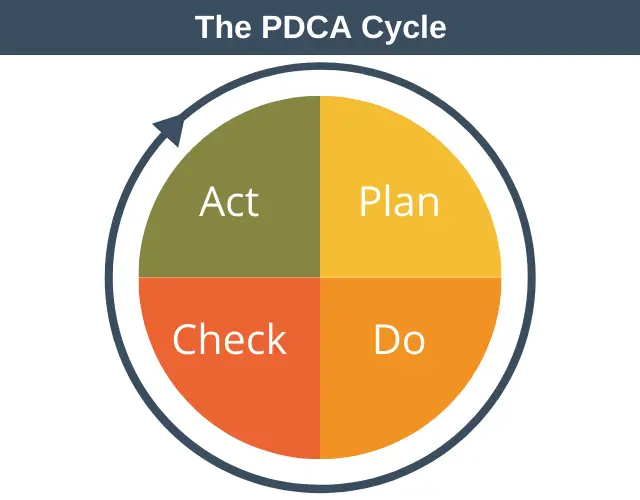
DPCA stands for Plan-Do-Check-Act and is a structured approach to help you move closer to any goal you are trying to reach. It doesn’t matter what type of goal you choose, but typically they are related to quality improvement. You continuously improve by iterating through the cycle repeatedly, each loop bringing you closer to your desired goal.
The PDCA Cycle is a great tool to avoid analysis paralysis as it gets you quickly testing ideas and moving forward. Each iteration you take through the loop either improves your situation or provides valuable feedback you can utilize to increase your chances of fixing the problem in the next loop.
Let’s examine each of the four stages in more detail.
1. Plan
The first step of the cycle involves selecting your problem or opportunity. Maybe your website turns off customers, or your marketing campaigns aren’t achieving the desired results.
Whatever the issue, you must first aim to accurately appraise the situation and understand the root cause of the problem.
You can generate potential solutions once you’ve done this and then select the most promising solution. The solution you choose will often be on a tiny scale – remember it’s small, quick, incremental improvement you are after.
Finally, you should set some measurable targets or goals you hope to achieve from this iteration of the PDCA Cycle.
2. Do
The second step of the cycle is to implement your chosen option on a small scale (a trial run). This will determine if your solution achieves your desired outcome but with minimal disruption to business as usual.
In this step, you also need to collect data for later analysis and ensure that your solution is adequately tested to avoid drawing the wrong conclusions later.
3. Check
The third step of the cycle is to analyze the data you’ve collected and compare the actual results against your desired results.
This will allow you to evaluate how well your solution worked. If your solution failed, return to step 1; otherwise, you can advance to step 4. If your solution sort of worked you can consider tweaking it and returning to the Do stage.
It is also vital to understand any unexpected issues you found by examining their causes in this step. This information can be fed into the final stage of the PDCA Cycle.
4. Act
The final step of the cycle is to implement your solution fully. Your chosen solution becomes the new baseline, and so you must take care to document the change adequately, sustain the change, and integrate it into any existing systems.
A graphical summary of the four steps can be seen in the 12 step PDCA Cycle image below.
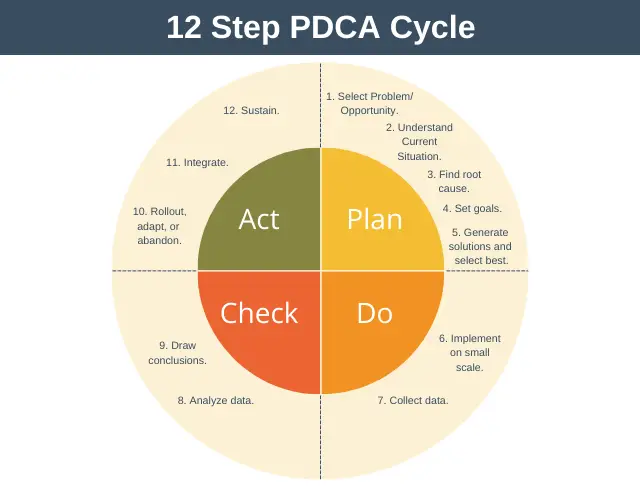
Remember that the PDCA Cycle is a loop, and so once the final step is complete, you reenter step 1 again, looking for new ways to improve even further.
Doing this creates a virtuous cycle of continuous improvement, with each loop of the process bringing you closer to your ultimate goal.

A new baseline after each cycle sustains the improvement, allowing each cycle to build on the previous cycle so quality improves continuously over time.
When to Use PDCA
The PDCA Cycle is particularly useful when you want to:
- Perform an improvement project.
- Improve a product, service, or process.
- Explore multiple solutions and obtain feedback in a small way.
- Avoid waste by identifying ineffective solutions before you roll them out at scale.
- Implement organizational change.
- Implement Six Sigma or Total Quality Management.
Valuable Tools for PDCA Cycles
There are many tools you can use to help you at each stage of the PDCA Cycle, including:
| Phase | Tools |
|---|---|
| Plan | Gap analysis, Fault tree analysis, Brainstorming, process mapping, Kanban, 5S, Fishbone diagram. |
| Do | Gantt Charts, on-the-job training, sampling. |
| Check | Statistical analysis, Pareto analysis, cause and effect analysis. |
| Act | Check Sheets, Standard Operating Procedures. |
PDCA Example
For this PDCA problem-solving example, imagine you run an online e-commerce store. Over the last few months, your website has suffered increasing outages. Alongside this, there has been a growing number of support tickets raised by customers over the same period. It is not apparent if these two trends are interlinked.
You decide to put together a small task force and ask them to improve your website’s overall quality using the PDCA Cycle. Success will be measured by the rate of decline in downtime and customer support tickets raised.
Let’s examine what two very simple iterations through the PDCA Cycle might look like.
PDCA Cycle Example: Iteration 1
- Plan: There are many reasons why your servers crash, but you do not know which is the most prevalent or the root cause of these crashes. You decide to implement a simple change to collect data on why the server is crashing.
- Do: You implement your change on just one of your servers.
- Check: Your update works as planned, collecting crash data as it happens. As your update has been running for some time, you observe no adverse side effects.
- Act: Now that you’ve established that the update is working as hoped with no adverse side effects, you roll it out across your entire organization.
PDCA Cycle Example: Iteration 2
- Plan: From Iteration 1, you can see the most common cause of your servers crashing, and you deep dive into finding the root cause. From this, you develop two solutions, both equally likely to fix the issue. You decide to test the solution that takes the least time to implement.
- Do: You implement the change on one of your servers.
- Check: Your update works, but there are unintended and undesirable consequences. You collect data to ensure you understand these issues.
- Act: You remove your test update from its server and decide not to roll it out. This may seem like an unsuccessful iteration, but you have collected valuable information for the next iteration.
As you can see, by performing many iterations over a long period of time the quality of your e-commerce store will dramatically improve. This will result in happier and more loyal customers.
Advantages and Disadvantages
There are several advantages and disadvantages associated with the PDCA Cycle.
Advantages
- The model is versatile as it can help you achieve any personal or business goal.
- Although simple, it is a powerful tool to drive meaningful change over time.
- The model encourages you to take action quickly, with each iteration moving you closer to your goal or increasing your knowledge.
Disadvantages
- The PDCA Cycle isn’t something you use once. It’s an ongoing and continuous process and, as such, requires buy-in from all levels of the organization.
- Unlike traditional projects, you cannot understand cost savings and quality improvements before you begin; they can only be discovered once you’ve committed to and are running the PDCA Cycle.
- The model encourages you to analyze and react. It doesn’t encourage you to act proactively.
- It isn’t suited to situations where you have to make rapid decisions. Time must be allowed to perform analysis and brainstorm.
Summary
The PDCA Cycle is an excellent tool for reaching a goal or introducing improvements in a sustainable, thoughtful, and long-term way.
Each cycle begins with a planning stage in which you identify and understand issues. You then generate solutions and choose the best one or ones. In the Do stage, you implement your solution in a small-scale way.
You then check the results in the Check phase to see if they are as expected. Finally, if your solution performs as hoped, you roll it out in full in the Act stage before beginning the PDCA Cycle again.
